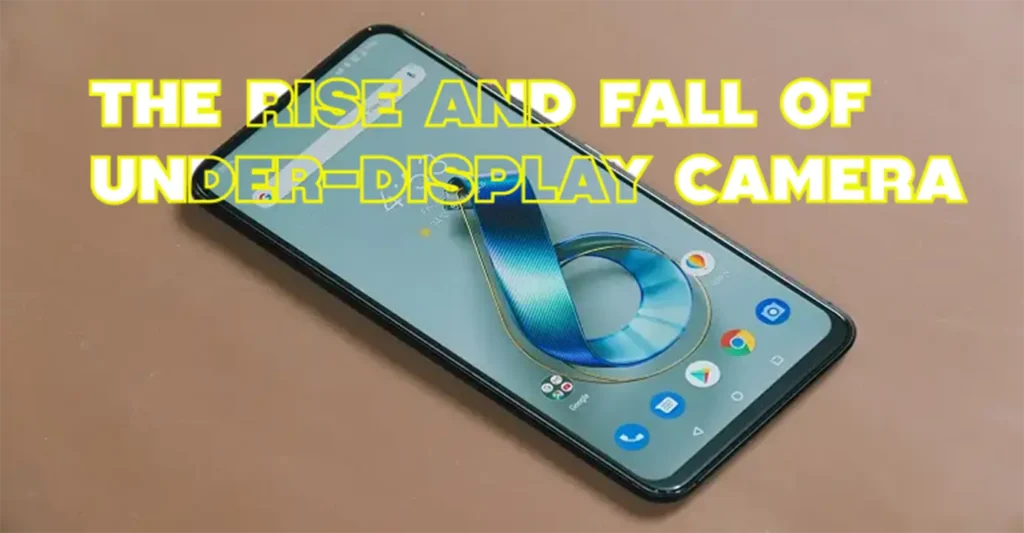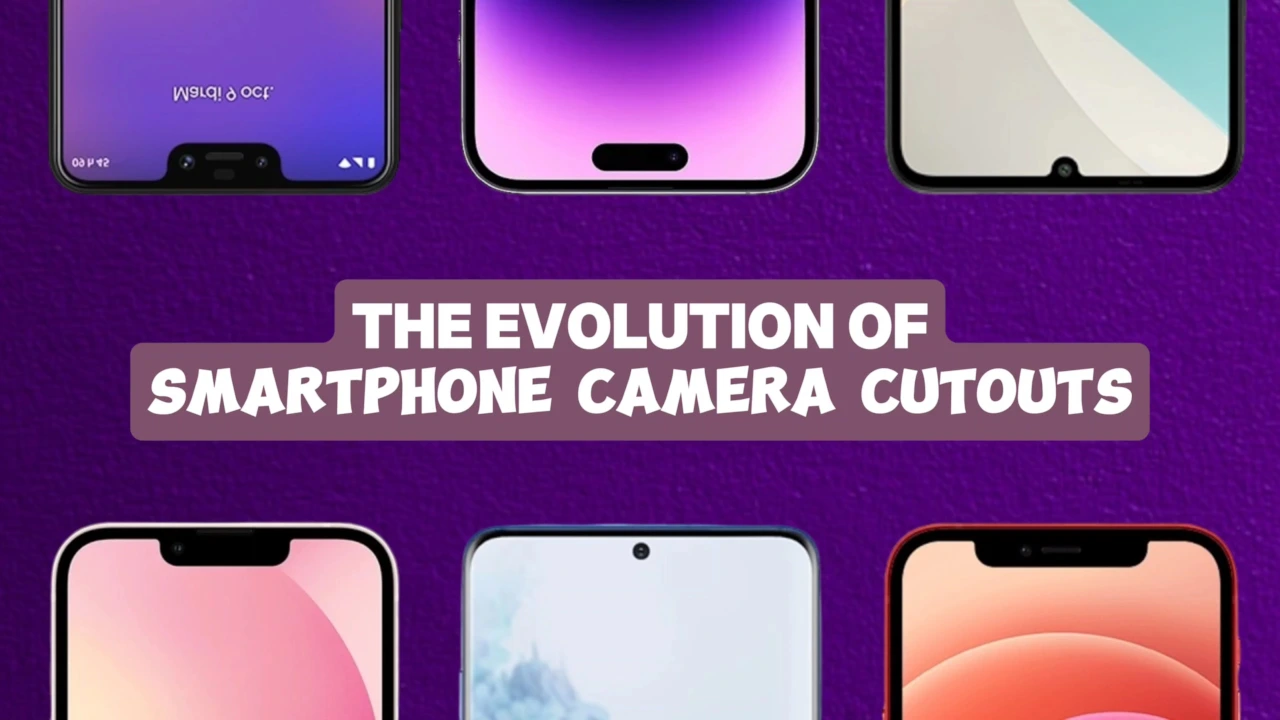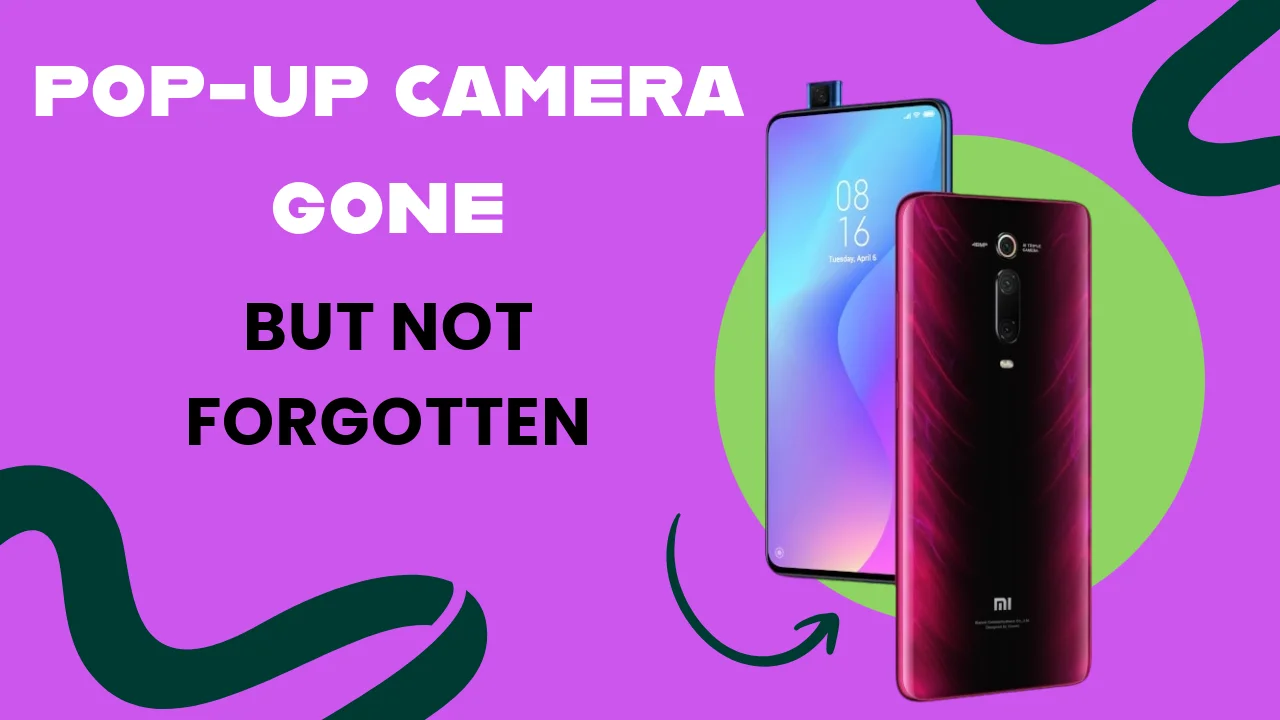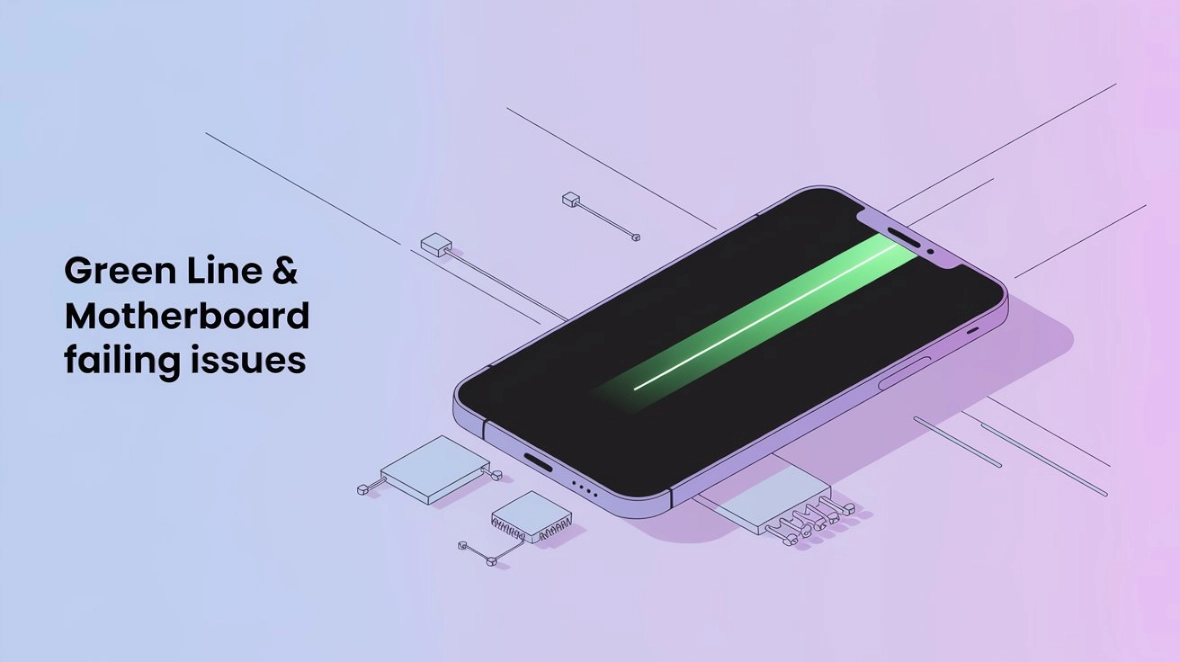Remember the ZTE Axon 20 5G? It promised a notch-less, hole punch-free future with its under-display camera (UDC). For a moment, UDC technology felt like the next logical step in smartphone design, bringing us closer to that all-screen dream. But fast forward to today, and the Galaxy S25 still has a punch-hole camera, and the iPhone 16 Pro sports the Dynamic Island. So, what happened? How did this revolutionary tech go from being the future to disappearing from the mainstream? Let’s explore the fascinating, albeit short, journey of under-display smartphone cameras.
Table of Contents
The Promise of a Seamless Screen – Idea of Under-Display Camera
Smartphone design has always grappled with the front camera. From massive bezels to notches, then punch-holes, and even a brief stint with pop-up cameras, the goal has always been the same: eliminate visual distractions and maximize screen space. Under-display cameras were pitched as the ultimate solution—no hole, no cutout, no compromise. Just screen.
After years of complaints about the iPhone’s notch and Samsung’s hole-punch cutouts, a clean, uninterrupted display seemed ideal. The concept was simple: a camera that’s there when you need it and invisible when you don’t. No moving parts, no gimmicks, just seamless integration.
Samsung had already set the stage with their hole-punch design on the Galaxy S10 in 2019, a move that was both functional and a jab at Apple’s notch era. But their ultimate goal, like many others, was to hide the camera entirely under the screen, delivering on a full-screen dream that had been teased for years.
The First Attempt: ZTE Axon 20 5G
In 2020, ZTE dropped the Axon 20 5G, the world’s first phone with a true under-display camera. On paper, it was a big deal. In reality, the camera was bad. Photos came out foggy, blurry, and oddly soft, as if someone had smeared Vaseline all over the lens.
The primary issue was the screen layer above the camera. It made it nearly impossible to let enough light through, severely impacting image quality.
Major Players and Similar Results
Following ZTE, Xiaomi released the Mi Mix 4, and Samsung launched the Galaxy Z Fold 3 with UDC technology. These weren’t experimental brands trying to stand out; these were major players. Yet, the story remained the same. The under-display camera was cool in theory, but the image quality was still far behind traditional cameras found in notched or hole-punch phones.
Notably, Samsung didn’t even put the under-display camera on the main screen of the Z Fold 3, opting for its inner foldable display. This subtle admission indicated that the tech wasn’t ready for prime time. All three launches had one thing in common: the tech worked technically, but nobody was impressed. Reviewers pointed out the flaws, consumers didn’t care, and most importantly, no one rushed to copy them.
Why UDC Didn’t Catch On
1. Poor Image Quality
There’s only so much you can do when shooting a photo through layers of pixels. The part of the display above the camera has to stay transparent enough to let light through but still look like the rest of the screen when the camera isn’t in use. This balancing act resulted in selfies that looked dull, hazy, and low-res.
Companies attempted to fix the issues with software, post-processing, AI enhancement, and sharpening filters. However, when the raw image is already compromised, there’s only so much cleanup that can be done before it starts looking artificial.
2. Front Cameras Are Important
Front cameras are crucial for selfies, Face ID, video calls, social media filters, TikToks, and Zoom meetings. If the front camera is subpar, people notice immediately. When the average person sees that the photos from a fancy new under-display camera phone look worse than their 3-year-old phone, it’s a deal-breaker.
Most consumers don’t want to pay more for a worse experience just to have a cleaner-looking screen.
3. Negative Reviews
Tech reviewers were brutally honest, describing the photos as muddy and washed out, with some even saying the camera was borderline unusable. Additionally, most under-display camera phones were limited to niche flagships or foldables, meaning most people never saw one in person.
4. Lack of Support from Major Brands
Samsung, Apple, and Google all ignored under-display cameras on their mainstream flagships. This sent a clear message: this wasn’t the next big thing.
The Retreat and Current Status
Under-display cameras have quietly retreated into a very specific corner of the market: foldables. Even there, it’s not about providing a great selfie experience but rather about keeping the main display clean. The Z Fold, for example, still has an under-display camera on the inside, but it serves more as a backup than a go-to for high-quality photos.
Outside of foldables, under-display cameras have essentially vanished from the mainstream. The latest Galaxy and Google phones still use punch-holes, and the iPhone 16 Pro features the Dynamic Island. If the biggest smartphone brands aren’t even trying to improve under-display cameras, it’s because the demand simply isn’t there right now. People would rather have a slightly less perfect screen than deal with a blurry selfie, especially when the hole-punch design already does the job without compromise.
Future Potential
For now, under-display cameras aren’t the future; they’re a quiet side project, a concept still being tinkered with behind the scenes. There’s still hope that the tech will catch up. Advancements in AI image enhancement could potentially clean up those low-light under-display camera shots with smart processing, making a comeback possible.
Currently, most users don’t mind a hole-punch anymore. It’s clean, consistent, and doesn’t compromise image quality. So, we’re pretty much back to notches and hole-punches, and that’s okay. Until someone cracks the code and gives us a camera that’s both invisible and usable, under-display cameras will remain a niche experimental technology in the smartphone world.
Here’s another post about The Rise and Fall of Pop-Up Selfie Camera in Smartphones and Why It Disappeared.





